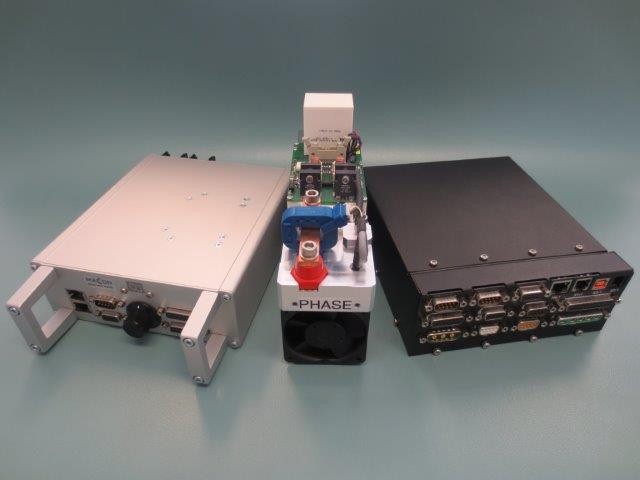Applications of switched reluctance motors
Switched reluctance motors are used in the following cases:
- Where cost optimisation is a key requirement
- Robustness / ruggedisation are key requirements
Cost: as switched reluctance motors do not contain permanent magnets, this has a significant cost reduction impact. It also has to be said, however, that switched reluctance motors have less power density and less torque density than PMSM motors.
Robustness: In contrast to a PMSM (BLDC) motor, the rotor of a switched reluctance motor has no magnets glued to the rotor hub. Instead, the rotor hub consists only of steel laminations. So, no magnets can degrade over time, or be damaged. No magnets can fly off due to high centrifugal forces. The issue of adhesive failing at elevated temperatures is eliminated. In other words, there are less points of failure than in a PMSM motor.
Our switched and synchronous reluctance motors can be found here.

